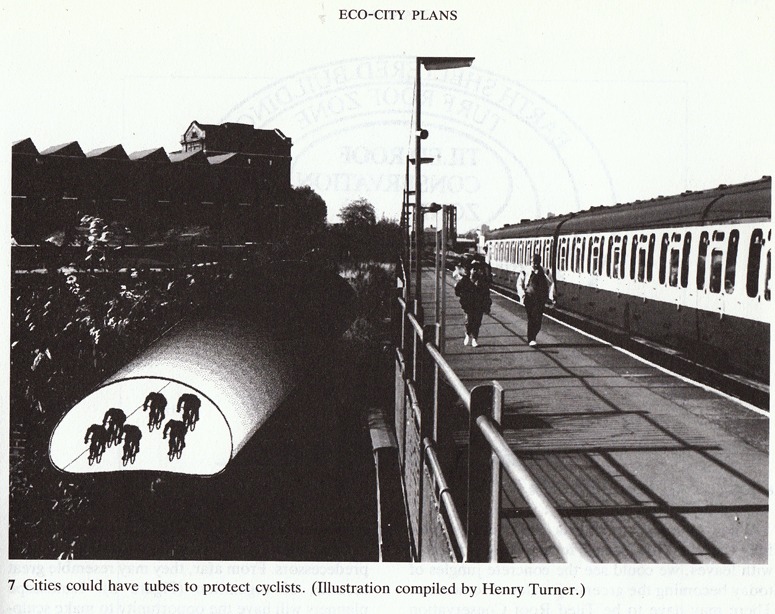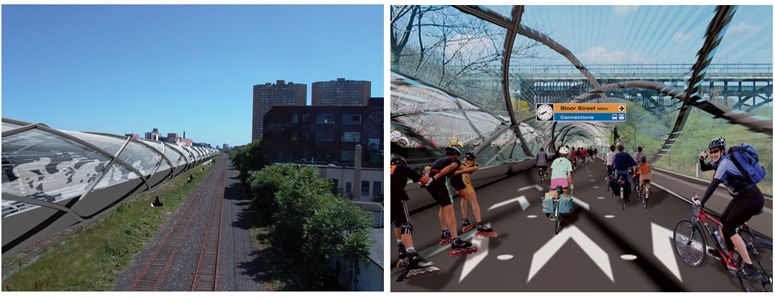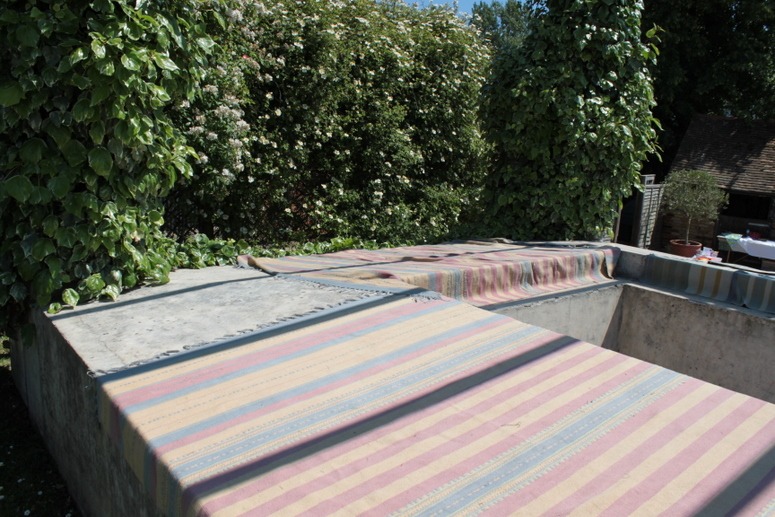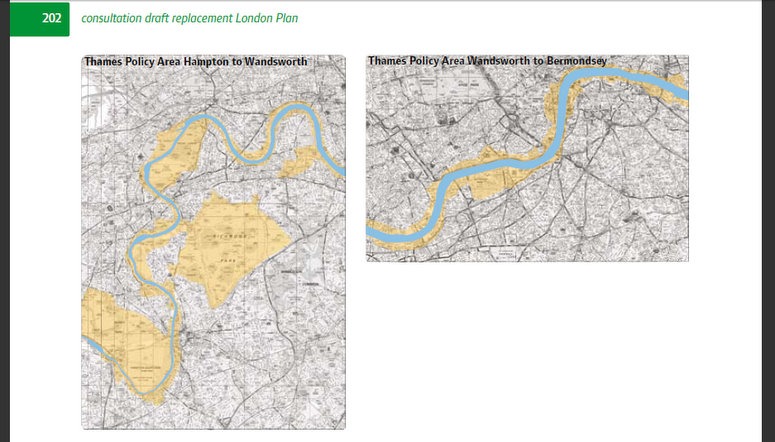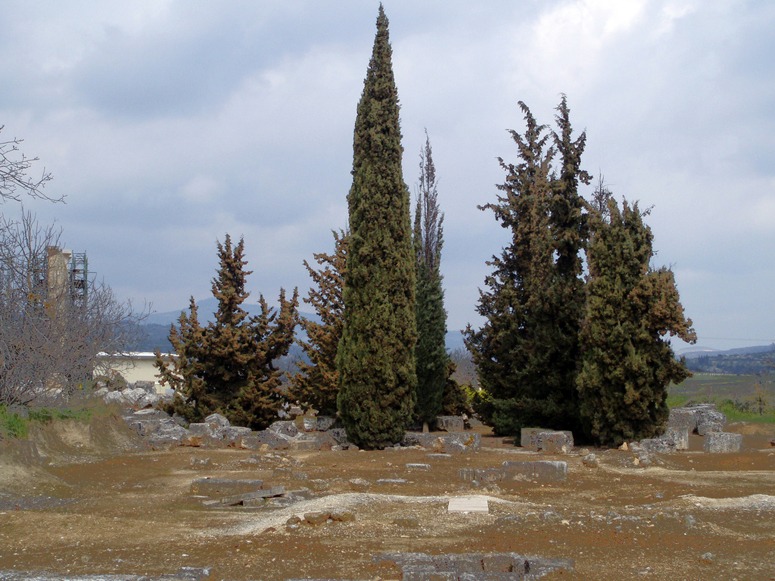
Ecological space + (a little) Social Space (Green roof on California Academy of Sciences)
In Germany, vegetated green roofs are often classified as:
- intensive (ie treated as a garden, typically with exotic plants, irrigation, turf and social use)
- extensive (ie treated as habitat, without irrigation or maintenance)
I prefer to look at green roofs from a more Vitruvian standpoint and consider their roles as:
- visual space [Delight]
- ecological space [Firmness]
- social space [Commodity]
Image courtesy clickykbd. The California Academy of Sciences designed by Renzo Piano and ‘The Living Roof´s 1.7 million native plants were specially chosen to flourish in Golden Gate Park´s climate.’ There is a small terrace for viewers but the predominant role of the green roof is Ecological Space.

Visual space+ Social Space (Singapore School of Art Media and Design)
” This 5 story facility sweeps a wooded corner of the campus with an organic, vegetated form that blends landscape and structure, nature and high-tech and symbolizes the creativity it houses.” The green roof is open to the public and, like the roof of Australia’s Parliament Building in Canberra, is surfaced with mown grass. Image courtesy teddy-rised It is not ecological space: the grass is irrigated and mown. The building was designed by CPG Consultants.

Ecological Space only (University of Illinois at Springfield)
The Springfield Illinois green roof is ecological space, only. It is not visual space or social space. Image courtesy jeremywillburn,

Visual space + Social space:Roof ( HQ of the American Society of Landscape Architects in Washington DC)
The green roof on the American Society of Landscape Architects is visual space and social space but not ecological space – at leasst not as shown in this photograph (the roof has other eco-friendly characteristics). Image courtesy drewbsaunders.

